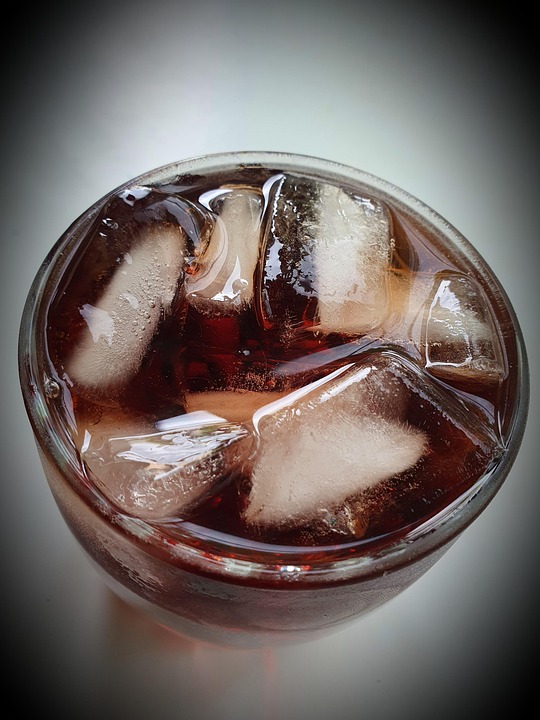Introduction
Ice wine, a sweet dessert wine made from grapes that have been frozen while still on the vine, is a delicacy enjoyed by wine enthusiasts around the world. However, producing ice wine comes with its own set of challenges, especially when it comes to scaling production without compromising on quality. In this report, we will explore what ice wine producers must do to scale their operations while maintaining the purity and integrity of their product.
Challenges of Scaling Ice Wine Production
Quality Control
One of the biggest challenges that ice wine producers face when scaling their operations is maintaining quality control. Ice wine production is a delicate process that requires precise timing and conditions. As production volumes increase, it can be difficult to ensure that each batch meets the high standards that consumers expect from ice wine. Producers must invest in advanced quality control measures to monitor every step of the production process and ensure that each bottle maintains the purity and flavor profile that ice wine is known for.
Vineyard Expansion
Another challenge of scaling ice wine production is expanding vineyard acreage to meet growing demand. Ice wine grapes must be left on the vine until they freeze naturally, which means that producers need a large enough vineyard to support their production goals. Acquiring and maintaining additional vineyard land can be costly and time-consuming, but it is essential for scaling ice wine production without compromising on quality.
Distribution and Marketing
Scaling ice wine production also requires a strategic approach to distribution and marketing. Ice wine is a niche product with a limited market, so producers must carefully target their distribution channels and marketing efforts to reach the right audience. Investing in effective marketing strategies and building relationships with distributors and retailers is essential for scaling ice wine production in a sustainable way.
Strategies for Scaling Ice Wine Production
Invest in Technology
One key strategy for scaling ice wine production is to invest in technology that can help streamline the production process and improve quality control. Automated temperature monitoring systems, advanced fermentation tanks, and other modern equipment can help producers increase efficiency and consistency in their production methods. By leveraging technology, ice wine producers can scale their operations while maintaining the purity and integrity of their product.
Collaborate with Other Producers
Collaborating with other ice wine producers can also help scale production without compromising quality. By sharing resources, knowledge, and best practices, producers can collectively increase their production volumes while still adhering to the strict standards of ice wine production. Collaborative efforts can also open up new distribution channels and marketing opportunities, allowing producers to reach a wider audience without sacrificing the unique qualities of their product.
Focus on Sustainability
Sustainability is a key consideration for ice wine producers looking to scale their operations. By implementing environmentally-friendly practices in the vineyard and winery, producers can reduce their impact on the environment and ensure the long-term viability of their operations. Sustainable practices can also appeal to environmentally-conscious consumers and help differentiate ice wine producers in a competitive market.
Industry Insights and Financial Data
According to a report by Grand View Research, the global ice wine market was valued at $645.6 million in 2020 and is projected to grow at a CAGR of 3.1% from 2021 to 2028. This growth is driven by increasing consumer demand for premium and luxury wine products, including ice wine. North America is the largest market for ice wine, with Canada being a major producer and exporter of this unique wine variety.
Actual companies such as Inniskillin and Peller Estates in Canada have successfully scaled their ice wine production while maintaining the purity and quality of their product. These companies have invested in state-of-the-art technology, expanded their vineyard acreage, and focused on sustainable practices to support their growth in the market.
In conclusion, scaling ice wine production without compromising purity requires a strategic approach that focuses on quality control, vineyard expansion, distribution, and marketing. By investing in technology, collaborating with other producers, and prioritizing sustainability, ice wine producers can grow their operations while maintaining the unique characteristics that make ice wine a sought-after luxury product. With the right strategies and a commitment to quality, ice wine producers can successfully scale their operations and meet the growing demand for this exquisite wine variety.


